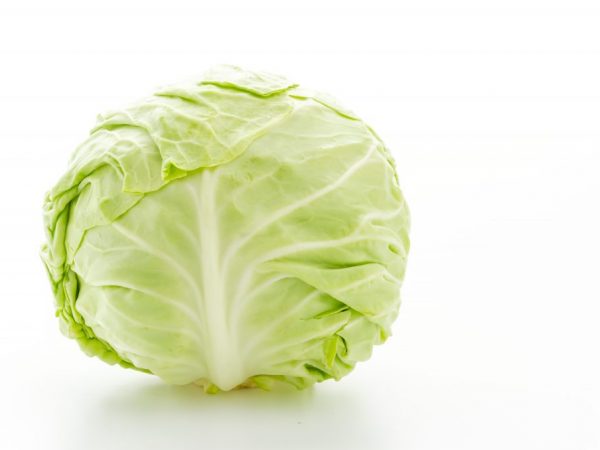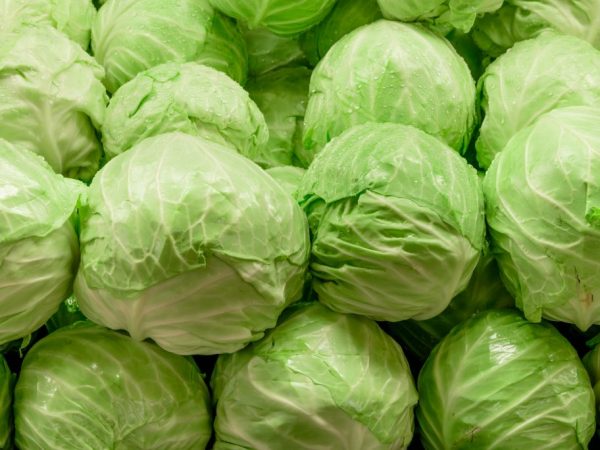Ways to store cabbage for the winter
Almost every gardener is engaged in cabbage cultivation. Correct planting, timely care and collection promise the gardener a high-quality and good harvest. Storing cabbage in a cellar, basement or refrigerator allows the gardener to enjoy the crop throughout the year.

Ways to store cabbage for the winter
Long-term storage varieties
It is important to know not only when the harvest is carried out, but also which varieties are best suited for long-term storage.
Among the variety of varieties and hybrids, only a few are suitable for a long shelf life. Experienced gardeners recommend buying the seeds of the following hybrids:
- Moscow late;
- Wintering;
- Kharkov winter;
- Golden hectare 1432;
- Early maturing;
- Number one Gribovskiy 147;
- June.
These are the best varieties for winter storage and consumption. They can be grown from seed by seedling and by planting seeds in open ground.
Head cut
For long-term storage of fresh vegetables, it is important to harvest on time. Depending on the variety, this process is carried out from late summer to mid-autumn.
The harvesting rules are as follows:
- Heads of cabbage harvesting on a warm sunny day. The stumps dug out with a shovel, together with the roots, are cleared of the ground, but not cut off.
- Cleaning heads of cabbage from damaged leaves and areas. If the cut is impressive enough, do not despair: the cut pieces can be sent to the ambassador.
- Drying. Cut stalks should be laid out in any covered area and allowed to dry for 2 days. Only then can the roots of the plants be cut off and stored in the cellar.
Cellar room
Regardless of how you store cabbage in the cellar, it is important to follow some rules:
- the temperature in the basement or cellar should be about 3 ° C;
- it is recommended to store vegetables in conditions of high air humidity - 90%;
- the walls of the room must be thoroughly dried, and also treated with any antiseptic (quicklime) to get rid of parasites;
- there should be no rodents in the basement, which are very fond of eating juicy and crispy vegetables.
There are several types of cabbage storage in the cellar.
Wooden boxes

Cabbage needs to be prepared for storage
You can save cabbage until spring in boxes. The roots are removed from the heads of cabbage, the spoiled leaves are cut off, the heads are dried and placed in boxes. For long-term storage of fresh cabbage, use a wooden container with holes to ensure normal air circulation.
The container is placed on a stand. Thus, the risk of rotting of the lower layer of vegetables is eliminated.
This storage of cabbage in the cellar is the simplest, though not the most effective.
Pyramid
It is necessary to make a continuous area of wooden boards, leaving holes between them. A wooden square cloth is installed on a stand or bricks are placed underneath in the corners.
Heads of cabbage are stacked tightly to each other.The subsequent rows and up to the very top are laid in a checkerboard pattern. As a result, you get a pyramid, which must be disassembled from above as the heads are eaten.
The advantage of this method is that cabbage is stored for a long time, since this arrangement provides good air circulation between the stalks. There is one drawback in this method: in case of damage or decay of the lower layers, the structure will have to be disassembled completely.
Sand
To store cabbage in the cellar until spring, you need to stock up on wooden boxes. Fill the container with heads of cabbage and sprinkle with sand.
This is undoubtedly a very messy method of storing heads of cabbage. Nevertheless, it allows you to keep the vegetable crisp and without losing nutrients.
There is another option for storing cabbage in a cellar in winter. A pre-prepared and cleaned place in the cellar or basement is covered with a thick layer of sand - about 10 cm. Heads are placed on top of the sand, then they are sprinkled with sand. This should be repeated until the vegetable ends.
Paper
This method is suitable for storing different types of vegetables, including cabbage of all varieties. Each crop unit is rewound with a sheet of white paper. For reliability, the heads of cabbage are wrapped in several layers.
Then the cabbage is transferred to boxes, transferred to storage in the basement or laid in the underground in the apartment. They create a temperature that prevents premature rotting and wilting of stubs. In paper, this delicate vegetable is protected from excessive moisture and sunlight. It doesn't matter which variety you store in this way: broccoli, Chinese cabbage, Dutch cabbage or white cabbage. Long-term preservation of the vegetable will be guaranteed. In winter, you can always have fresh juicy cabbage on the table. The shelf life of vegetables in paper is from 3 months to six months.
Cling film

Cabbage can be wrapped in plastic wrap
How to keep fresh cabbage in the cellar? This method is used for efficient storage in the basement for all types of cabbage. Purchase several rolls of cling film. Before winding, the roots of each head of cabbage are cut off, the stump is wrapped in several layers and tightly placed in a box or other container.
This method is often used for white cabbage. In the same way, it is recommended to store Peking cabbage so that it does not turn black and wither.
In cling film, the heads of cabbage are completely protected from moisture, as a result of which the fresh vegetable is preserved throughout the winter. The fruits remain juicy and crispy until spring.
On a rope
It is correct to store cabbage on ropes, because this method is the most effective and environmentally friendly. In the cellar, a suitable place is chosen above the ceiling and a board is nailed at a height of 40 cm from the ceiling. At the same distance, nails are nailed so that the heads of cabbage suspended by the roots do not come into contact with each other. The rope is pulled through the root of the stump.
You can store red cabbage or white cabbage on the rope. The only drawback of this method is that a small number of heads can be placed on the board.
On the balcony
You can save fresh cabbage at home on the balcony if certain conditions are met:
- the balcony must be glazed;
- the air temperature should not be lower than 2-3 ° С;
For the regions of the middle zone and the Urals, the correct storage of this vegetable on the balcony involves the provision of additional conditions: insulation of balcony walls and the installation of heating.
In such conditions, cabbage can be stored wrapped in cling film or white paper. Some people store vegetables in a bag, stacking each head of cabbage separately. Heads of cabbage can be placed in an old cabinet by arranging them on the shelves.
To eliminate the risk of rotting and wilting, the harvested crop must be regularly inspected. Cabbage, which has darkened, blackened and stained, must be urgently taken for processing.
In the refrigerator compartment
When storing in the refrigerator, you need to protect the heads of cabbage from moisture, then they will stay fresh longer.
In winter, storage of cauliflower and other varieties of this culture in the refrigerator is carried out by the film method. Heads of cabbage are wrapped in cling film in several layers and placed in the coldest place of the refrigerating chamber. You can place it under the freezer, the main thing is to prevent the vegetable from freezing. If the heads of cabbage freeze, they must be immediately used in cooking, otherwise it will deteriorate.
In the freezer
The freezer is the most suitable storage for cauliflower at home. Broccoli can be stored in the same way.
To store cabbage in the freezer in winter, the heads of cabbage are thoroughly washed, the damaged parts are cut out. Using a sharp knife, the stump is cut into segments - small inflorescences, after which they are placed in a bag and in a freezer.
Such storage of vegetables in a bag in the freezer makes it possible to enjoy fresh cabbage all winter and spring.
Conclusion
There are enough ways to store fresh vegetables. The main thing is to follow all the rules listed above, and then you will be able to enjoy cabbage all winter.


